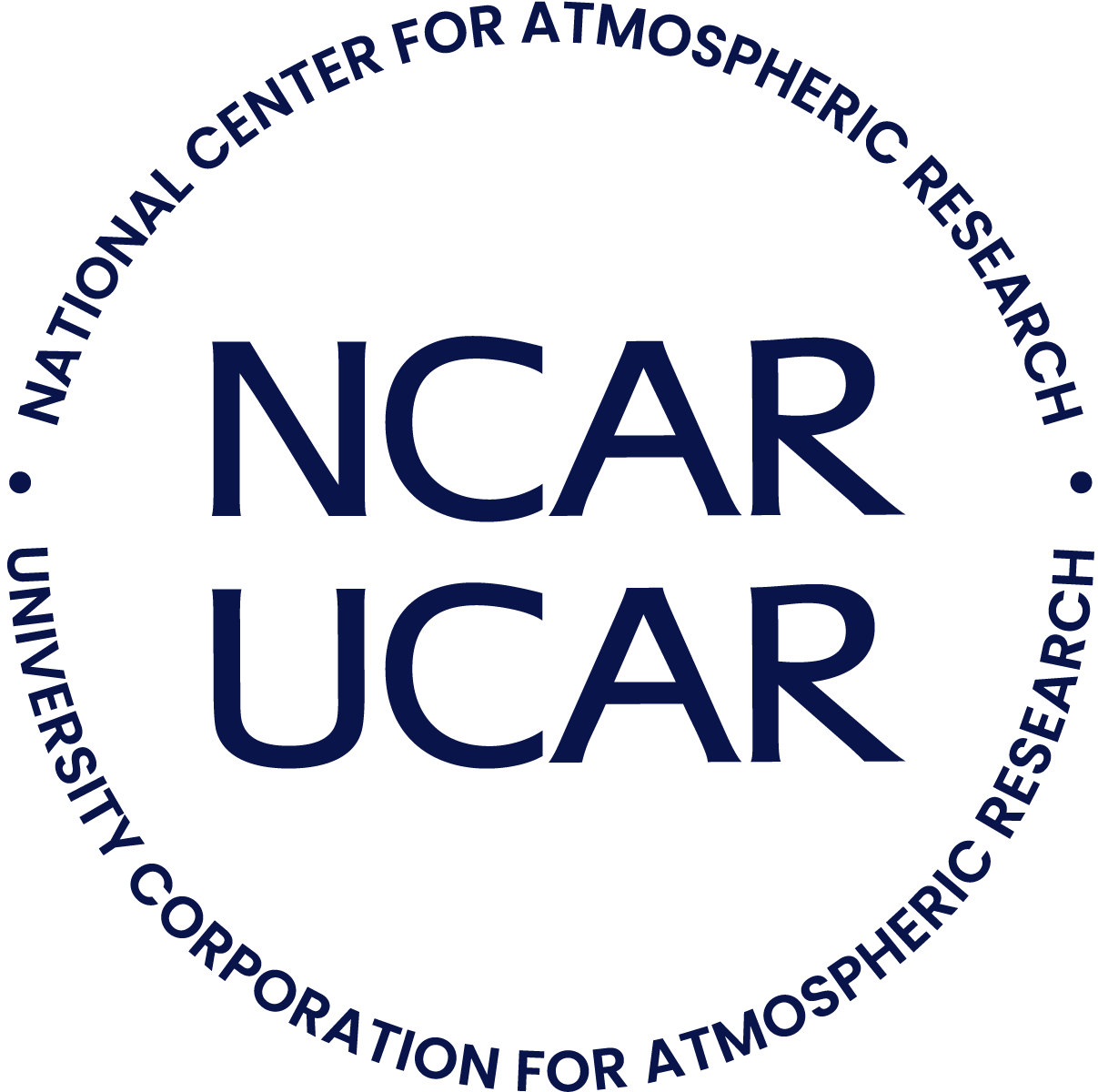-
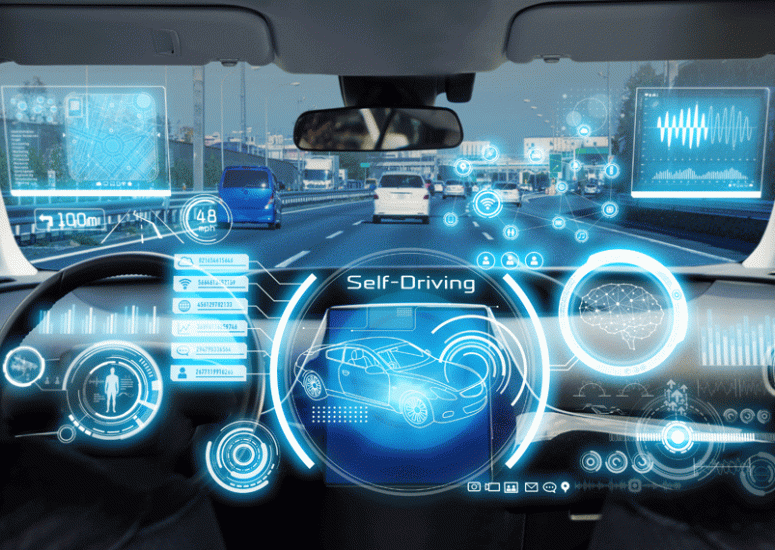
Favorable weather for self-driving vehicles
NCAR researchers seek to use weather information to improve the efficiency of autonomous vehicles.
- Weather
-
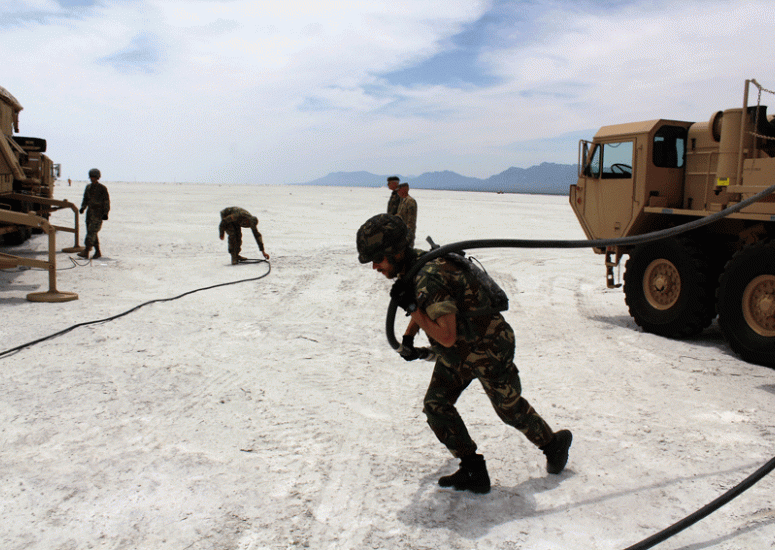
Better forecasts, enhanced national security
A quarter-century of NCAR collaborations with the U.S. Army Test and Evaluation Command has contributed to major advances in weather prediction.
- Weather
-
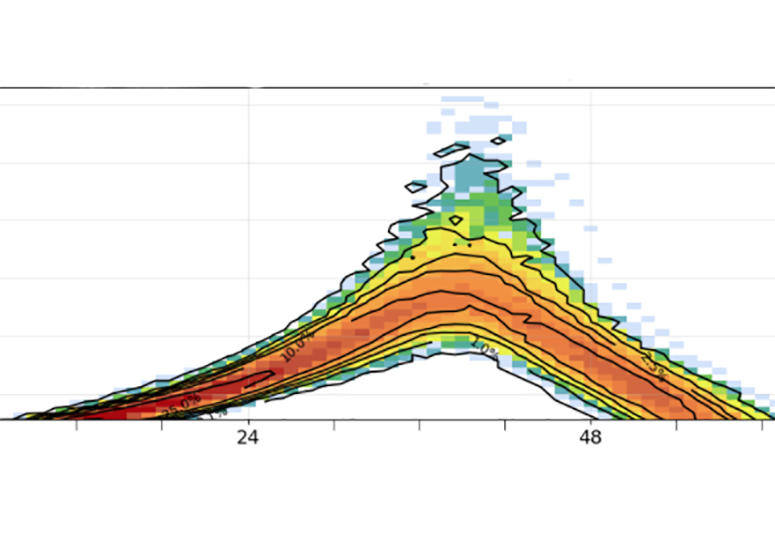
NCAR scientists recruiting the public to help ground-truth hurricane risk app
A team of researchers is test-piloting the first phase of a web application that will ultimately allow users to get tailored information about the likely storm impacts at their specific locations, including information on the likelihood of high winds, when those winds will arrive, and how much damage they may cause to their homes.
- Weather
-
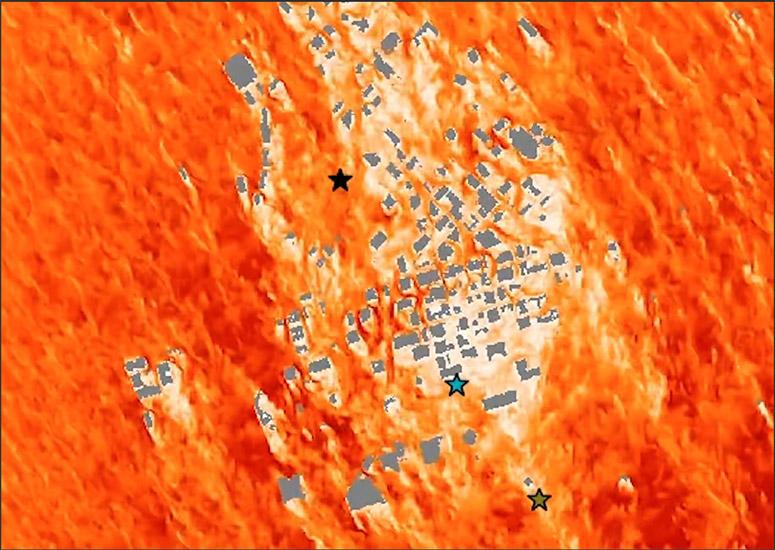
GPUs open the potential to forecast urban weather for drones and air taxis
Scientists at NCAR have demonstrated that a new kind of model built entirely to run on graphical processing units, or GPUs, has the potential to produce useful, street-level forecasts of atmospheric flow in urban areas using far fewer computing resources and on a timeline that makes real-time weather forecasting for drones and other urban aircraft plausible.
- Weather
-
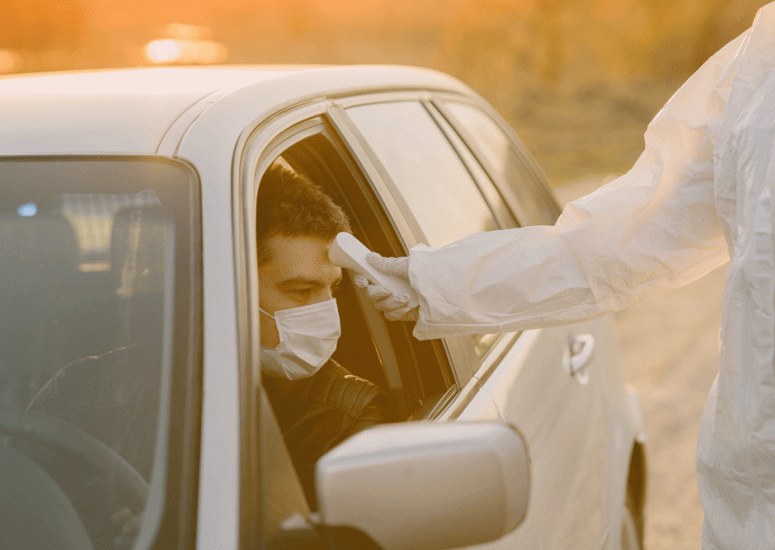
Heat-related symptoms affected one-quarter of Americans during summer of 2020
More than one-quarter of the U.S. population suffered from exposure to extreme heat during the pandemic summer of 2020, surveys show.
- Climate,
- Weather

